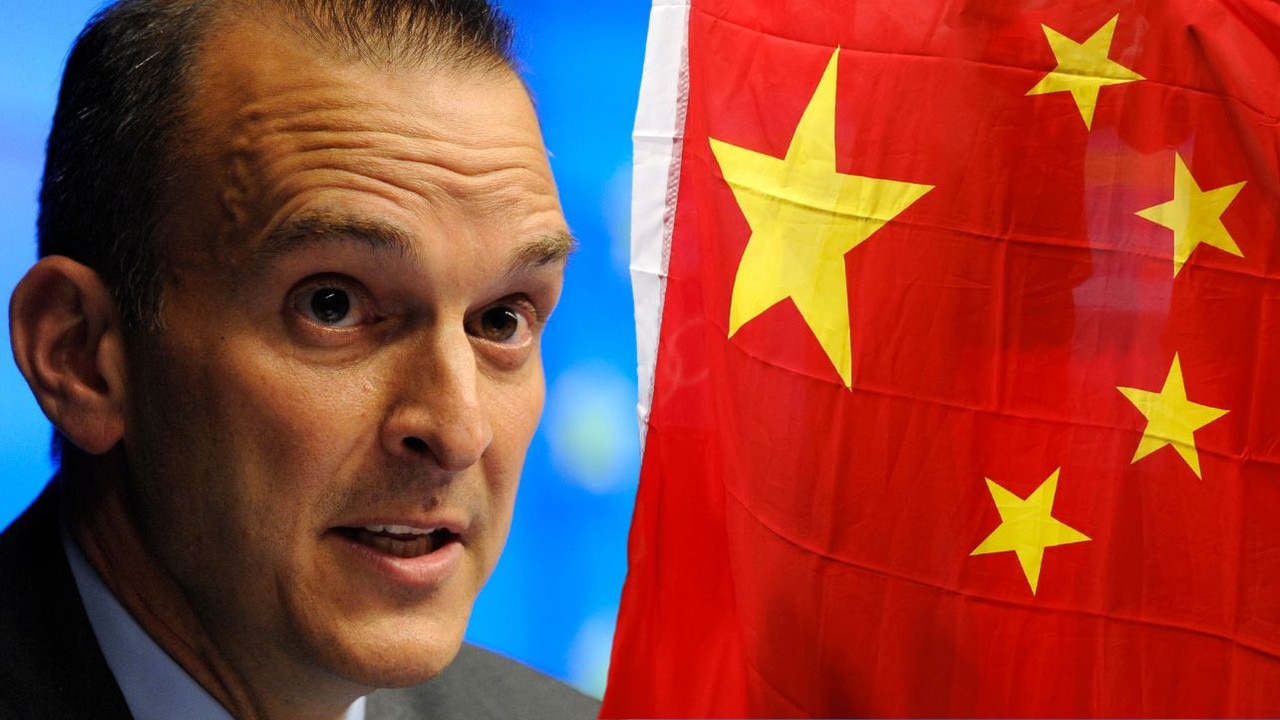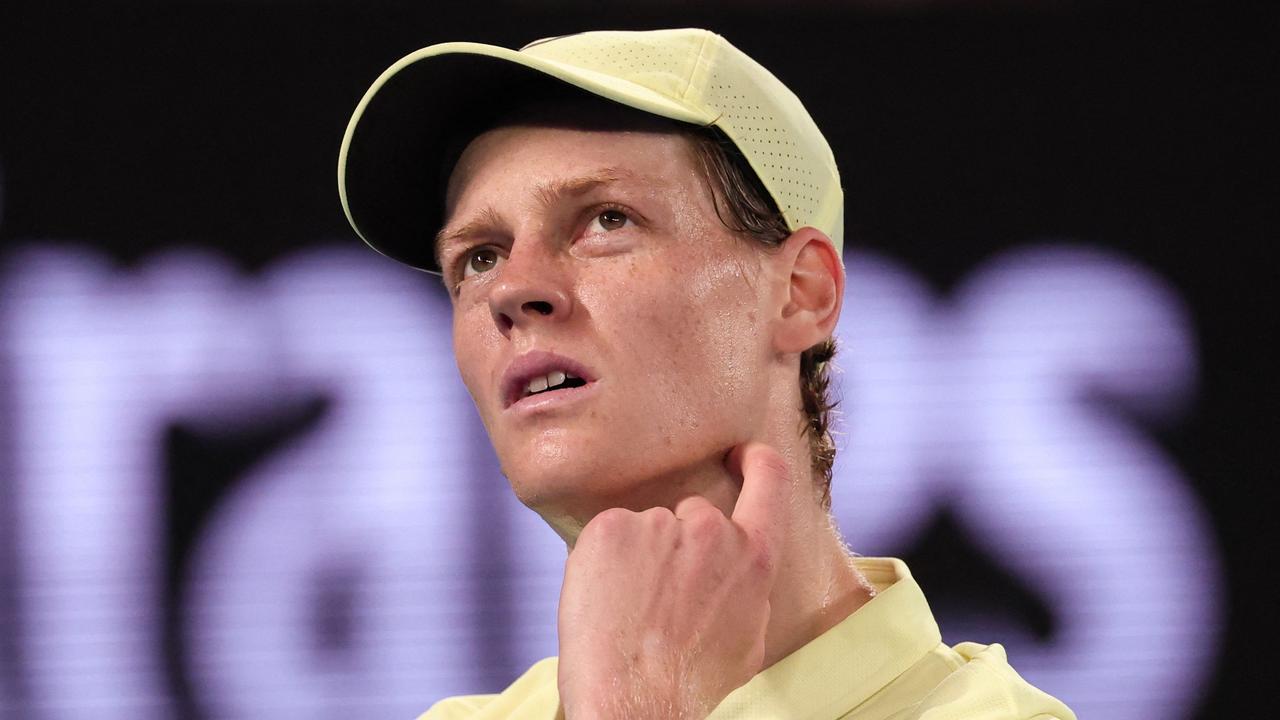Rocket Rod’s Grand Slam heriocs endure
When ‘Rocket’ Rod Laver came to Wimbledon half a century ago he arrived in Europe from Australia on the famed Kangaroo route.

When “Rocket” Rod Laver came to Wimbledon half a century ago he arrived in Europe from Australia on the famed Kangaroo route: a Lockheed Constellation aircraft that would hop its way to Darwin, Singapore, Calcutta, Karachi, Cairo and Tripoli taking a couple of days and overnight rests.
In Laver’s bag were the four wooden racquets that he received each year from his sponsor Dunlop — the company for which he would go on week-long tours of the outback to sell products to country folk.
When he was finally settled into his London accommodation quietly watching westerns on television, Laver would chip away at the oblong racquet handles and transform them into a rounded form. Like the early coaching tips of his childhood coach Charlie Hollis to swing through his backhand and Harry Hopman who stressed fitness, Laver’s own racquet chiselling allowed his wrist greater movement to launch his deadly backspin backhand returns. It proved a career masterstroke. “I would snap off the wood to get the shape I wanted so I could turn my wrist,’’ the 80-year-old said this week.
Wimbledon’s manicured green courts have always been a second home to Laver — the greatest player of all time — and none more so than this year.
He once dominated that grass with that spin and his superior court movement — with the spectators so enthralled they rammed onto the grass verges of the centre court — both in his early amateur years and then when the sport went open.
Imagine Roger Federer or Rafael Nadal winning the Australian Open, the French Open, Wimbledon and then the US Open, all in the same year. It hasn’t happened in the memories of a generation, but 50 years ago it did.
In 1969, the same year that Neil Armstrong landed on the moon, Laver was rocketing towards his second calendar Grand Slam with a fourth gentlemen’s singles title at Wimbledon. He had already won the Grand Slam in 1962 as an amateur, the second man to do so following Don Budge in 1938.
A moustache-free John Newcombe was his Wimbledon finals opponent in 1969 but Laver’s left-handed kick serves and volley game from the net pegged back Newk’s 4-1 lead in the third set and Laver was then unstoppable, smashing a lob to take victory. Laver recalled how a hurdle to winning the Grand Slam in 1969 was fellow Australian Ken “Muscles” Rosewall at the French Open.
Laver had just survived a second-round scare against another Australian, Dick Crealy, but he had a poor clay record against Rosewall who had beaten him the year before for the Roland Garros title.
Laver said he had to change tactics and be as aggressive as possible from the start and he hit the ball as hard as he could to upset Rosewall’s rhythm. After the French Open win, Laver said: “I don’t know of any match I enjoyed better, the points just rolled in.” But the Australian Open victory — in which he beat Andres Gimeno of Spain in straight sets in Brisbane — was gruelling, following an earlier 90-game semi-final he had played against Tony Roche. With the temperatures nudging towards 40C, Laver grafted out a 7-5 22-20 9-11 1-6 6-3 victory against the fellow left-hander.
Laver would go on to win 106 singles matches in 1969 with just 16 losses.
Laver’s second Grand Slam was a staggering achievement that hasn’t been matched by a male player for half a century — and this week Laver has already been feted from the marbled grand hall of the Australian High Commission in The Strand to a Tennis Australia BBQ of snags on Wimbledon hill. Just shy of turning 81, Laver is welcomed whenever he comes to SW19, but this year he has the run of the Royal Box as the chairman’s special guest.
It has given Laver, the modest and generous superstar — the one man that Roger Federer is in awe of — a chance to tell a few tales. He has reminded tennis fans of a sport that was both raw and innocent.
Laver’s parents would travel hundreds of kilometres on dirt tracks in the early hours of the morning to take Laver and his two older brothers Bob and Trevor to tennis competitions between Rockhampton and Bundaberg.
Laver, who describes himself as “a skinny runt, and a left-handed runt at that’’ in Rod Laver: A Memoir met coach Hollis when his father convinced him to coach the two older boys,
Laver, then just 10 and in his pyjamas and barefoot, was watching a training session through the chicken wire fence when Hollis spotted him.
“Aw, let the little bugger have a hit. I can see he’s keen as mustard,” Laver wrote of Hollis’s reaction.
When Laver turned professional, immediately after winning his first Grand Slam, he was earning $105,000 over three years but was shocked to lose to his hero Lew Hoad 13 times. He recovered, then went on to win 19 US Pro circuit titles between 1966 and 1970.
The Speaker of the House of Commons John Bercow once helped out Laver at training at Queen’s Club in the 1970s and this week he was in the front row at Australia House honouring Laver’s accomplishments.
Bercow told The Weekend Australian: “There is a transcendent greatness about Rod Laver. There is the staggering quality of his play. Actually, he was the first of the semi-modern greats to deploy heavy topspin on both the forehand and backhand side; he is the all-court player who could win on any surface.
“But for me his greatness is enhanced by his quite extraordinary grace, modesty and self effacement.
“He derived fantastic joy from playing at the highest level, he revelled in the game and experience of playing and even though nobody has since won the Grand Slam, let alone two, he is so quick to talk about the others who are great like Lew Hoad.
“He admired Ellsworth Vines, he has struck up terrific friendship with Roger Federer, he will often praise (Pancho) Gonzales, and he admires Jack Kramer’s record. So his greatness is a combination of competitive triumph and personal conduct.”
To round out the Grand Slam achievement, Laver played Roche in the 1969 US Open on a rain-sodden court at Forest Hills in New York, chopping down some sprinter’s spikes to give him grip. The final was delayed until the Monday and fewer than 4000 people were on hand to witness the tremendous accomplishment of Laver’s second Grand Slam feat.
This week many more will be celebrating it.




To join the conversation, please log in. Don't have an account? Register
Join the conversation, you are commenting as Logout